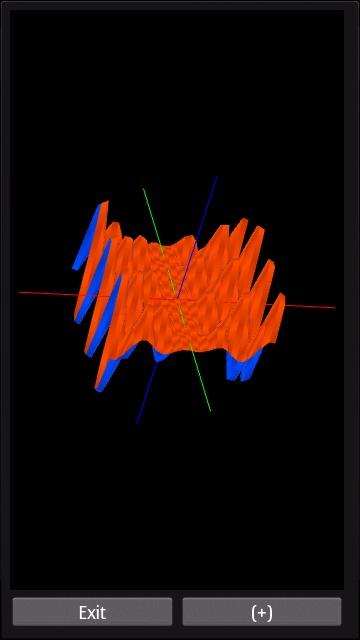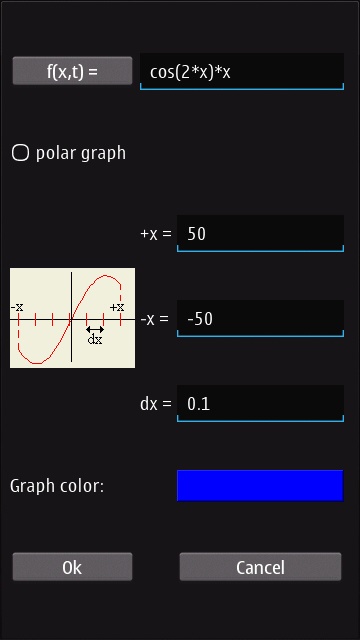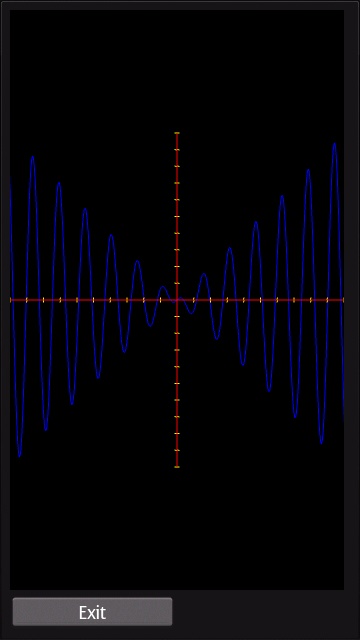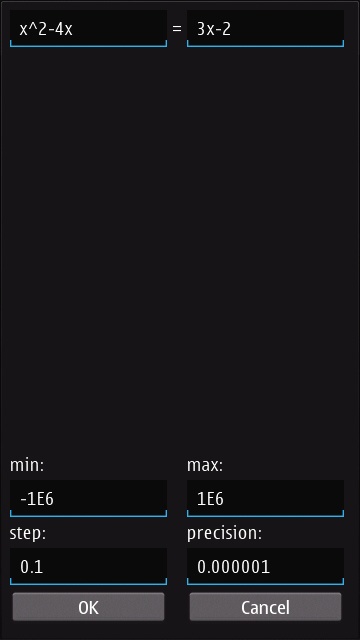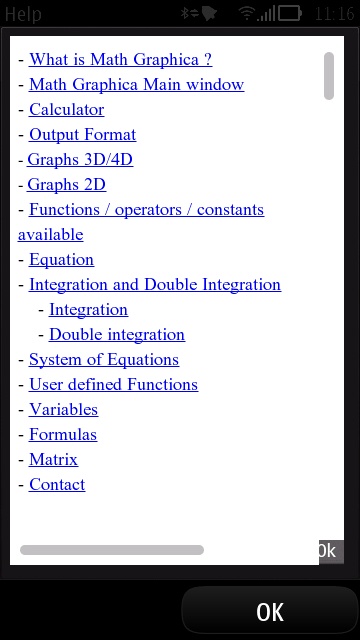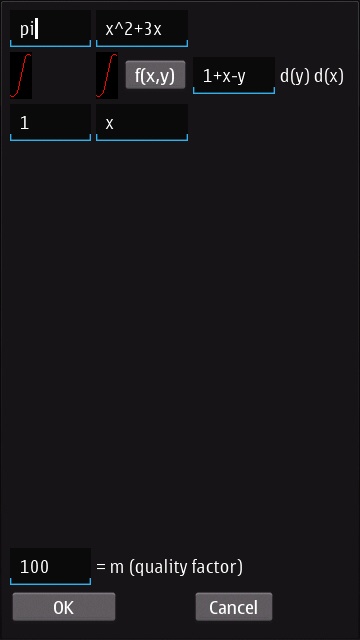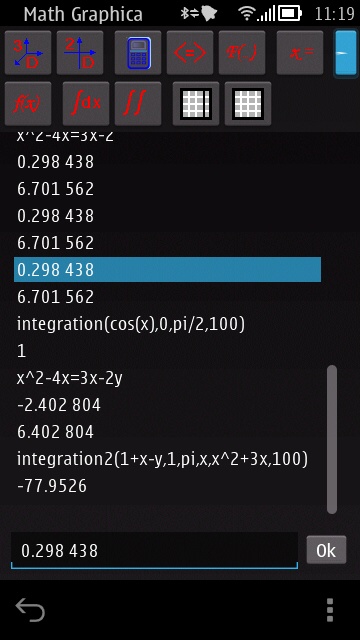While Ultrabook laptops include many features making them attractive to consumers — ultra-thin design, speedy solid-state drives and comfortable keyboards — businesses have different priorities. The enterprise typically wants a laptop that is secure and easy to maintain, while keeping costs as low as possible.
Can any company bridge this divide? Dell thinks businesses will love its new Ultrabook, the Latitude 7000, which it calls the "world's most secure Ultrabook." Dell crafted the new Latitude with the needs of IT departments in mind, but it was at least partly inspired by the company's XPS 13 consumer Ultrabook.
Right off the bat, you can see the Latitude 7000 is thinner and lighter than most "work" machines; the 12-inch version is under three pounds and is just 0.79 inch thin. Clearly, Dell has taken the Ultrabook ethos and put it in a PC made for business.
In doing so, it had to plan for a long lifespan. Dell found that even though most IT departments say they intend a laptop to last three years on average, most deployments last for five years or more. With the new Latitude, Dell did its best to project forward and offer features to ensure it wouldn't be useless come 2018.
"Reliability is always a concern, especially considering rollout periods," said David Ruth, director of Dell's commercial PC group. "Are there options I can have in my system that allow me to keep a system that I deploy now fresh in an environment four years from now? Are there hardware features I can buy that will address evolving trends?"
Enterprise-friendly features such as a fingerprint reader, smart card support and WiGig compatibility (letting the Latitude connect to a work station wirelessly) aim to keep the Latitude not only relevant but also powerful in the coming years. But perhaps the most important part of the machine's longevity is its removable battery, negating the need for a service call when it can no longer hold a charge.
The laptop comes equipped with loads of security features, including Dell Data Protection, which can encrypt data to an extremely high standard (FIPS 140-2, for the curious) and "Protected Workspace," which is said to defend against even zero-day attacks from new malware.
"The common theme here is we designed an Ultrabook from the ground up that is not compromised from a commercial notebook standpoint," Ruth said.
Starting at $1,049, the Latitude 7000 comes in 12.5- and 14-inch screen sizes. Configuration options are plentiful: RAM goes up to 8GB, screen resolution up to full HD (1,920 x 1,080), the processor up to Intel Core i7 and the display can be touch or non-touch. Storage is a 256GB SSD for either size, although there's a 500GB hard-disk option for the 14-inch.
If the 7000 is more Latitude than you need, Dell also offers 5000 and 3000 series Latitude laptops. The 5000 series has similar security as the 7000, but its features aren't as thin or light. The 3000, starting at $549, is aimed at the education market, and doesn't have the same level of security. Both the Latitude 5000 and 3000 come in 14- and 15.6-inch screen sizes. All 2013 Latitude models have displays protected by the next generation of Gorilla Glass, NBT.
The 7000 and 3000 series will be available Sept. 12, while the 5000 series arrives in October (no price is available yet).
How do you like Dell's latest business laptops? Let us know in the comments.
Images: Mashable, Meghan Uno










